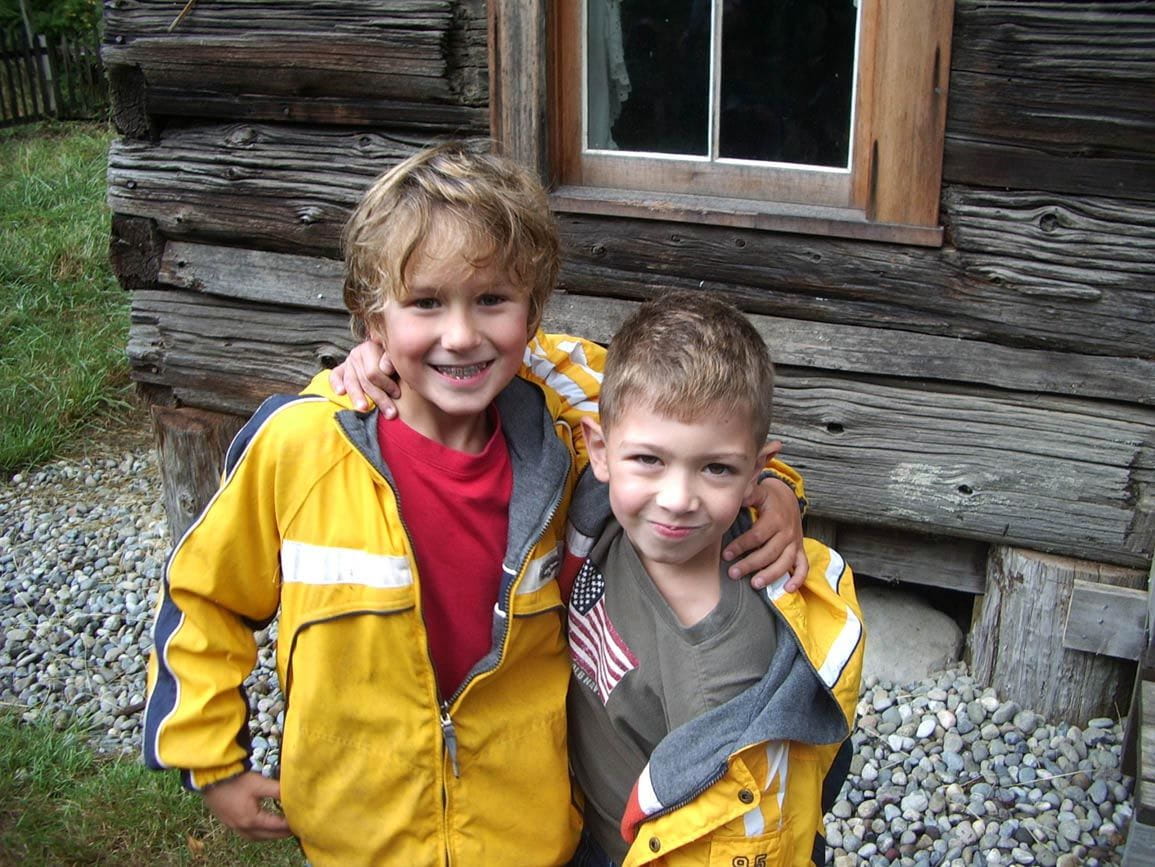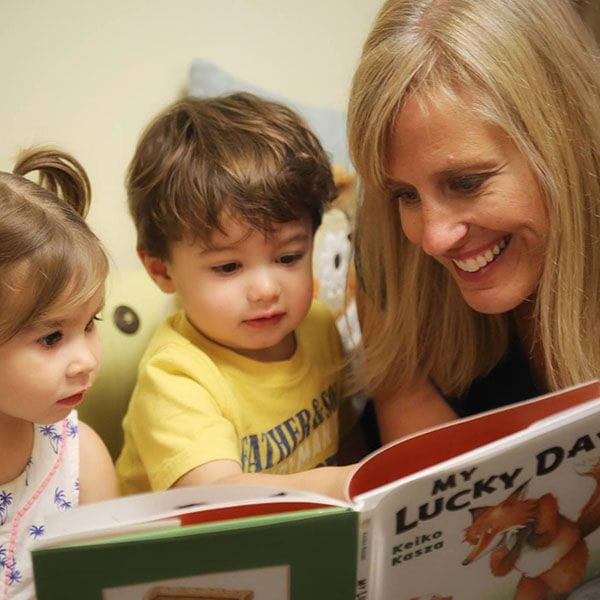
As children grow older, play remains important for learning and development. Read how to encourage play for children.
Play is often defined as children’s work. It is through play that children organize and make sense of the world. Play also helps children work through tensions in their lives. Play brings out children’s creativity and so much more.
Think of the importance of play in your own life. As a child, you probably engaged in active play like riding bikes, climbing trees, or jumping rope. You probably also engaged in quieter play like drawing pictures, playing board games, and constructing elaborate structures. You learned much from these experiences, including building your strength and imagination, taking turns, and following rules. Many of us can appreciate the value of play for children under five, but it might still be a stretch to appreciate play for school-agers. And yet, play continues to be important in the lives of children as they enter school. As a matter of fact, play continues to be important even for adults.
WHY IS PLAY IMPORTANT?
Lev Vygosky is one of the foremost child development theorists. Vygotsky believed that play was critical for children’s development. Jean Piaget, another key theorist in children’s development, sees play as building vocabulary, concentration, flexibility, and empathy, among other qualities. Stuart Brown, yet another theorist, describes properties of play. According to Brown, true play is apparently purposeless, voluntary, and free from time constraints. Note that he says “apparently purposeless,” with “apparently” being the key word. Many of us are goal-focused and outcome-driven and might have trouble justifying an activity that is apparently purposeless. Yet we all need unstructured play time, and school-agers are no exception. We also know that while play may look purposeless, it helps children in so many ways. Consider these examples of children learning through play:
- Sylvie had a recent visit to the hospital. When she comes home, her dad finds that she loves to play hospital, where she is the doctor and one of her friends or parents is the patient. Sylvie is using dramatic play to work through the stress of being hospitalized.
- Michel is into building. Whether it is connecting blocks or straws and clay, Michel builds elaborate structures. He is learning about engineering as he makes his structures. Sometimes his friend, Manuel, helps during their playdates. When that happens, they both also learn cooperation and collaboration.
- Dominique loves to play in the dirt. She digs, makes mud pies, crafts structures, and gets really dirty. Dominique’s creativity is developing as she forms structures with mud.
LEARNING THROUGH PLAY
So how do we encourage play for school-age children?
Make sure children are not over-scheduled. Leave time for open-ended, unstructured play.
Engage in play with your child when you can. Be willing to participate in pretend play; dress up, act silly, and be creative.
Follow your child’s lead. Take direction from your child and strive to follow what she wants to do, not necessarily what you want to do.
Respect when children want to play on their own. Sometimes children at play want to be on their own and sometimes they want to play with others. As children play and learn, be sure to look in occasionally to see if their preferences have changed and they are now looking for a playmate.
Provide “loose parts.” Loose parts are exactly what they sound like: they are typically lots of small pieces that can be played with in open-ended ways. Often, but not always, they are natural items. They tend to spur children’s creativity because there is no one right way to play with them. Here are just a few examples of loose parts:
- A basket of small smooth pebbles of different colors
- A small container of fabric scraps of different colors and textures
- Small blocks, spools, or balls collected in a basket
- A collection of shells, corks, wood pieces, or nuts in the shell
The importance of play doesn’t diminish as preschoolers become school-age children. Remember that play is how children learn and offer plenty of chances for schoolagers to play.
MORE ON PLAY:
- Learn about the importance of outdoor play for development and find activities to do with your school-aged child.
- Discover how playdates can help foster your child’s social development and growth.
- Learn how unstructured outdoor play can develop your child’s executive functioning and social skills.
- If you’re struggling with coordinating get-togethers for your child, try these ideas for taking on a new parenting role in the playdate planning process.
Written by: Bright Horizons Education TeamMay 15, 2021
